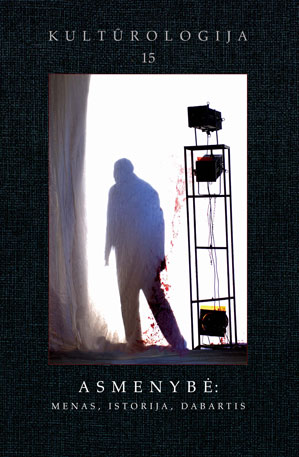Kultūriniai šv.Brunono misijos aspektai
Cultural Aspects of the Mission of St. Bruno
Author(s): Jūratė TrilupaitienėSubject(s): Cultural history
Published by: Lietuvos kultūros tyrimų
Keywords: cultural aspects; mission of St. Bruno
Summary/Abstract: As the 1,000th anniversary of the mentioning of Lithuania nears, the interest of society and scientists for this special event has grown. More and more discussions are taking place as regards the state's ancient history and the first mention of the country on the political map of Old Europe. In researching particular aspects of cultural and spiritual life of the period, the inquisitive focus of scientists is directed at the Baltic tribes, their customs and traditions, belief system, language, material and spiritual culture, which take up a wide geographic area. Researchers have shown interest in aspects of St. Bruno von Qeurfurt's mission, because this missionary is linked with the first mention of the name Lithuania in written records in 1009 in the Quedlinburg Annals. The relevance of St. Bruno's mission in the context of Lithuania's cultural history extends beyond the borders of more problematic topics. One of those is the cultural meaning of St. Bruno's mission, looking at it through the musical prism of liturgy. As a result this mission should be evaluated not only as a geographic and geopolitical problem in Lithuanian history, but also a geocultural one. In Lithuanian historiography, cultural and confessional/artistic aspects of the mission, linked to the dispersion of Christian art, have not been examined. In this article, discussion will focus on when and in what forms the signs of Christian art could have reached Lithuania, looking at the activities of the first missions as a phenomenon of a spiritual and cultural life. The limited amount of written records and historiographi-cal material doesn't allow one to illuminate more comprehensively the whole of St. Bruno's religious practices and artistic expression. However in the overall context of historiography and the sources available, rather clear aspects of Bruno's biography are revealed, which allows for the explanation and evaluation of certain aspects of church art, which marked his life and work. The article is supported by facts known in historiography about St. Bruno, discussing how much his work is linked with the education and readiness for missionary work by this high-level priest. Attention will be focused towards the ceremonial liturgy traditions, an inseparable part of which was Gregorian chanting, sung day in and day out, during the long pravels through the pagan lands.
Journal: Kultūrologija
- Issue Year: 2007
- Issue No: 15
- Page Range: 10-26
- Page Count: 16
- Language: Lithuanian

